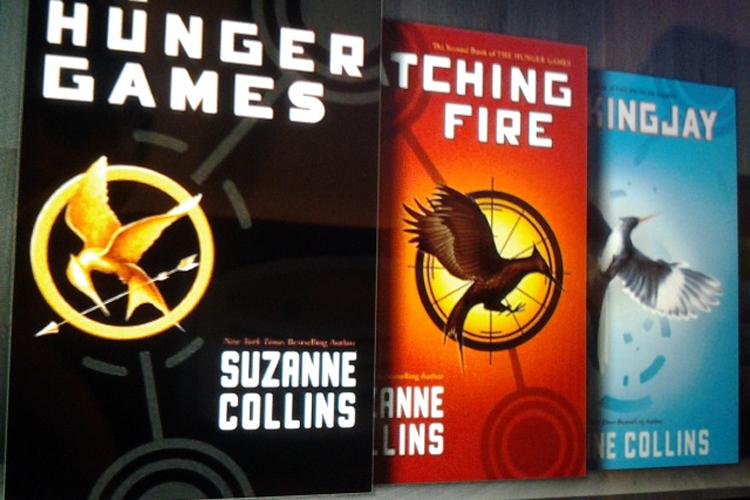
It’s hard to miss the hype created by “The Hunger Games” trilogy. Everywhere you look there are posters, books, merchandise bearing the symbolic Mockingjay, make up, and most attention grabbing of all: A movie. Author Suzanne Collin’s has created a trilogy that is quickly catching up to J.K Rowling’s “Harry Potter” series and Stephanie Meyer’s “Twilight” Saga in fame and fans.
When the first book, “The Hunger Games,” hit shelves in 2008 it didn’t come quietly. That year alone it grabbed up such awards as Publisher Weekly’s “Best Book of the Year,” and The New Your Times’ “Notable Children’s Book.” It’s continued its streak of success since. Lions Gate Entertainment quickly snatched up the movie rights and on March 23, 2012 it hit screens breaking box office records for biggest non-sequel midnight opening, fifth biggest opening day ever, and third biggest opening weekend ever. The second movie in the series already has a November, 2013 release date. Like the central character Katniss, these books will not go down without a fight.
The books depict a dystopian future of a war-ravaged North America, now called Panem, reformed into 12 districts and one central Capitol. Every year to remind the citizens how good they have it under this new regime, the Capitol hosts The Hunger Games, A gladiator-style death match with 24 contestants, a boy and a girl from each district between the ages of 12 and 18. Only one person makes it out of the arena, but that person is showered in riches and fame. The story revolves around Katniss Everdeen who hails from the impoverished District 12. She volunteers in place of her younger sister to go to the games and accidently begins a revolution that changes Panem forever.
If the “young-adult” branding scares you off, don’t worry: this is no lightweight book. It’s been ranked fifth on the American Library Association’s list of most banned books in 2010 for being ”sexually explicit, unsuited to the age group, and heavy violence.”
